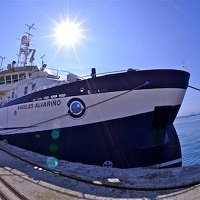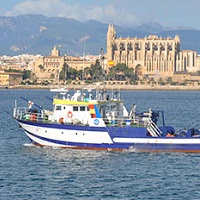Keyword
Metal concentrations in biota
5 record(s)
Type of resources
Categories
Topics
INSPIRE themes
Keywords
Contact for the resource
Provided by
Years
Formats
Status
-

The main objective of this Survey is to assess the conservation status of habitat 1120 Posidonia oceanica in the Gorguel area and its surroundings. Additionally, a detailed geophysical survey (multibeam and TOPAS) will be carried out in areas adjacent and close to the posidonia meadows in order to delimit their possible extension, both on the surface and in depth.
-

Estudio de distribución de contaminantes y sus efectos en el salmonete de fango y sedimento de la costa mediterranea española.
-

Estudio de distribución de contaminantes y sus efectos en el salmonete de fango y sedimento de la costa mediterranea española.
-

Estudio de distribución de contaminantes y sus efectos en el salmonete de fango y sedimento de la costa mediterranea española.
-

The EU funded MIDAS RTD project (7th FP, gran agreement 603418) overarching objective is to determine the impact of deep-sea mining on deep marine ecosystems. To investigate the behaviour and the effects of heavy metal rich resuspended sediment plumes over benthic organisms and ecosystems, the University of Barcelona coordinates a plume generation and monitoring experiment in the bay of Portman, SE of Spain, where millions of tones of metal rich mine tails from onshore mines were dumped from 1957 to 1990. Prior to the seafloor disturbance experiment to generate the plumes, a careful mapping of the study area, and in particular of the area covered by the mine tails deposit was carried out. Two vessels are used for the disturbance experiment. The first vessel generates the plumes by bottom trawling, while the second one monitors the plume evolution through time with a variety of sensors, including acoustics. Moorings with sediment traps, current-meters, mussel ropes and baited traps are deployed in and around the seafloor area disturbed by the trawler.
 Catálogo de datos del IEO
Catálogo de datos del IEO